Dan Scofield
An Assessment of the Usability of Machine Learning Based Tools for the Security Operations Center
Dec 16, 2020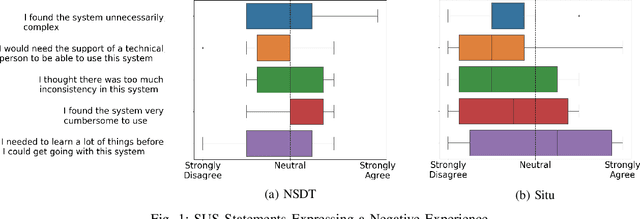

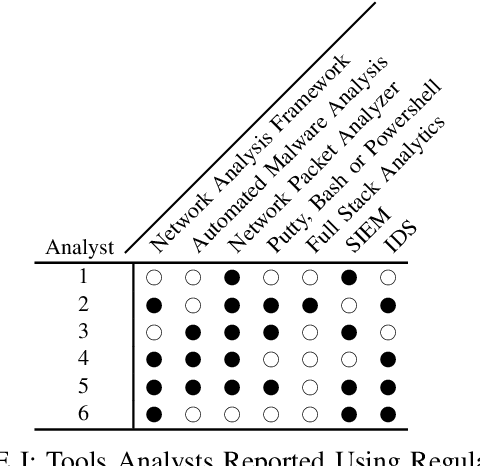

Abstract:Gartner, a large research and advisory company, anticipates that by 2024 80% of security operation centers (SOCs) will use machine learning (ML) based solutions to enhance their operations. In light of such widespread adoption, it is vital for the research community to identify and address usability concerns. This work presents the results of the first in situ usability assessment of ML-based tools. With the support of the US Navy, we leveraged the national cyber range, a large, air-gapped cyber testbed equipped with state-of-the-art network and user emulation capabilities, to study six US Naval SOC analysts' usage of two tools. Our analysis identified several serious usability issues, including multiple violations of established usability heuristics form user interface design. We also discovered that analysts lacked a clear mental model of how these tools generate scores, resulting in mistrust and/or misuse of the tools themselves. Surprisingly, we found no correlation between analysts' level of education or years of experience and their performance with either tool, suggesting that other factors such as prior background knowledge or personality play a significant role in ML-based tool usage. Our findings demonstrate that ML-based security tool vendors must put a renewed focus on working with analysts, both experienced and inexperienced, to ensure that their systems are usable and useful in real-world security operations settings.
Artificial Intelligence Based Malware Analysis
Apr 27, 2017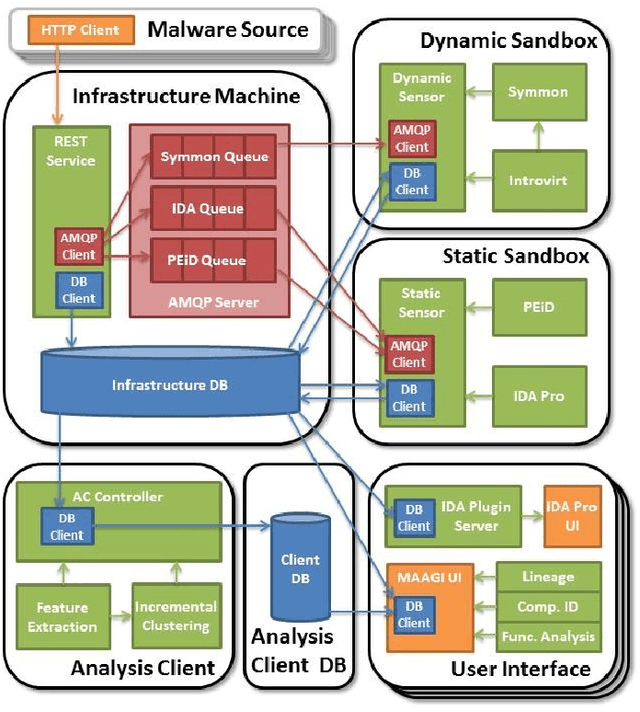
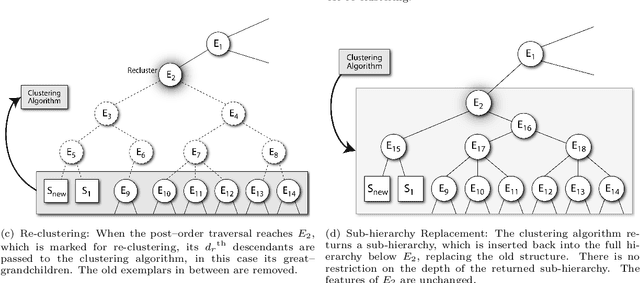

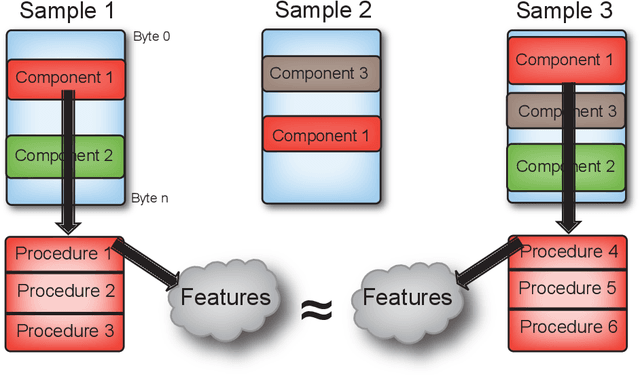
Abstract:Artificial intelligence methods have often been applied to perform specific functions or tasks in the cyber-defense realm. However, as adversary methods become more complex and difficult to divine, piecemeal efforts to understand cyber-attacks, and malware-based attacks in particular, are not providing sufficient means for malware analysts to understand the past, present and future characteristics of malware. In this paper, we present the Malware Analysis and Attributed using Genetic Information (MAAGI) system. The underlying idea behind the MAAGI system is that there are strong similarities between malware behavior and biological organism behavior, and applying biologically inspired methods to corpora of malware can help analysts better understand the ecosystem of malware attacks. Due to the sophistication of the malware and the analysis, the MAAGI system relies heavily on artificial intelligence techniques to provide this capability. It has already yielded promising results over its development life, and will hopefully inspire more integration between the artificial intelligence and cyber--defense communities.
 Add to Chrome
Add to Chrome Add to Firefox
Add to Firefox Add to Edge
Add to Edge